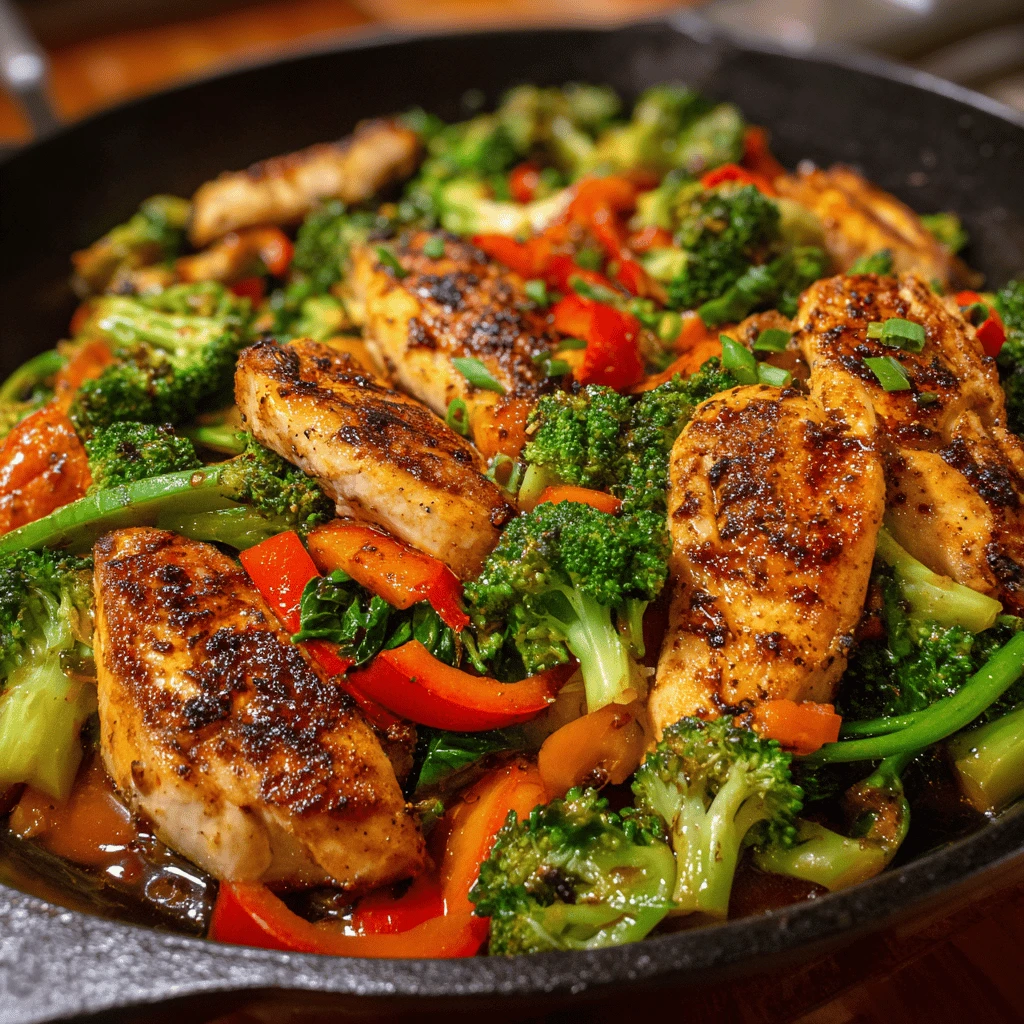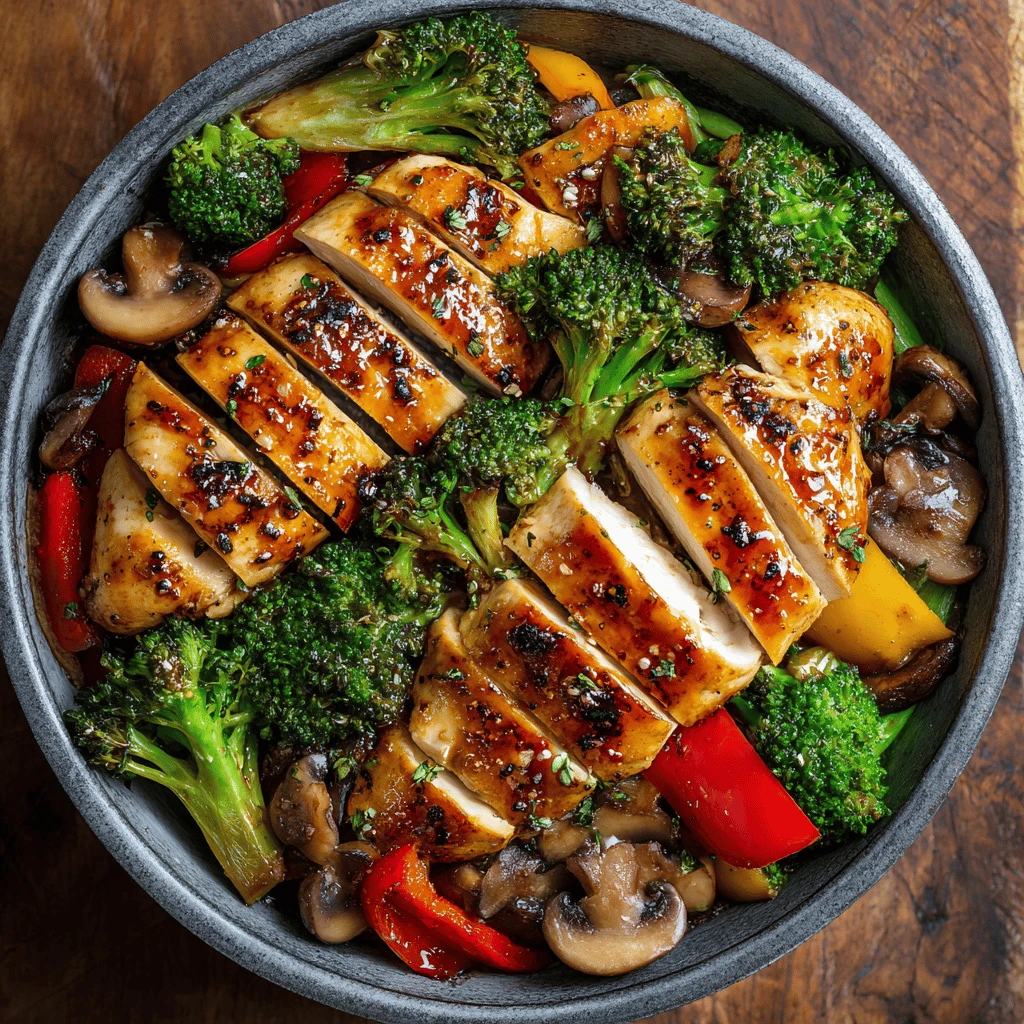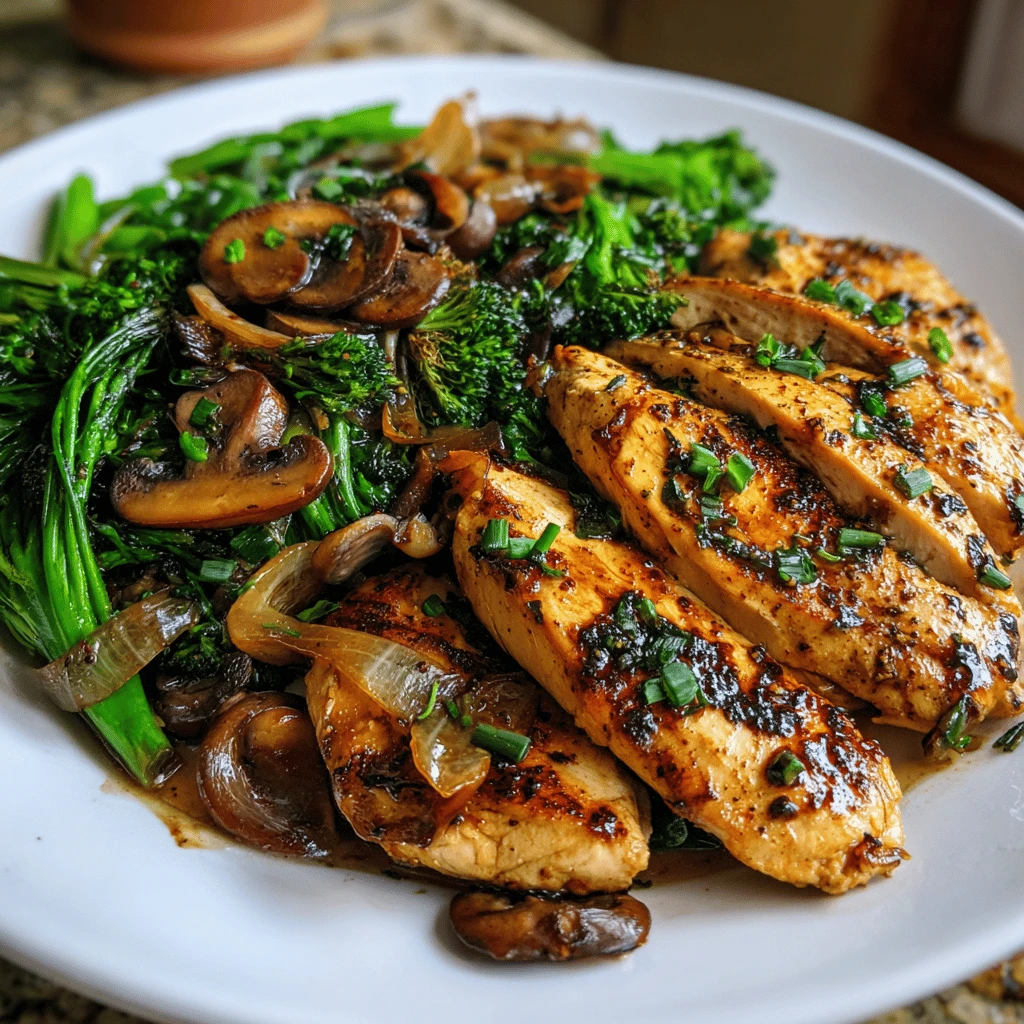Budget Grilled Chicken Breast Stir Fry
Grilled chicken breast stir-fry is a fantastic weeknight meal: healthy, flavorful, and customizable to your liking. This budget-friendly version delivers all the deliciousness without breaking the bank. We’ll focus on using affordable ingredients and efficient cooking methods to create a satisfying and nutritious dish.
Mastering the Art of Budget-Friendly Chicken Stir-Fry
Creating a budget-conscious stir-fry starts with smart shopping and clever cooking techniques. Here’s how to make the most of your resources:
Choosing Affordable Chicken
Chicken breast is a lean protein source, but it can sometimes be pricey. Look for sales on boneless, skinless chicken breasts. Buying in bulk and freezing individual portions is a great way to save money long-term. Another option is to consider using chicken thighs, which are often more affordable and flavorful than breasts, though they require a little more trimming. Consider smaller chicken cutlets if you want to save time and ensure the chicken cooks faster.
Selecting Budget-Friendly Vegetables
The beauty of stir-fry is its adaptability. Instead of relying on expensive, out-of-season vegetables, opt for affordable and readily available options. Cabbage, carrots, broccoli, and onions are all budget-friendly staples that work well in stir-fries. Frozen vegetables are also an excellent choice, offering convenience and nutritional value at a lower cost than fresh produce, especially when out of season. Don’t be afraid to experiment with what’s on sale or what you already have in your refrigerator. Using up leftover vegetables is a great way to reduce food waste and save money.
Sauce Strategies: Making Your Own for Less
Store-bought stir-fry sauces can be expensive and often contain unnecessary additives. Creating your own sauce is surprisingly easy and much more cost-effective. A basic stir-fry sauce typically consists of soy sauce, rice vinegar, sesame oil, ginger, garlic, and a touch of sweetener like honey or brown sugar. Experiment with different ratios to find your preferred flavor profile. You can also add cornstarch to thicken the sauce. Making your own sauce allows you to control the ingredients and tailor the flavor to your exact preference.
Preparing Your Ingredients for Stir-Fry Success
Proper preparation is key to a successful stir-fry. This section covers the steps needed to ensure all ingredients are ready to cook.
Cutting the Chicken for Even Cooking
Cutting the chicken into uniform pieces is crucial for even cooking. Aim for bite-sized strips or cubes, about 1/2-inch to 1-inch in size. This ensures that the chicken cooks quickly and evenly in the wok or skillet. If using chicken thighs, trim any excess fat before cutting. Pat the chicken dry with paper towels before seasoning to promote browning.
Prepping Your Vegetables for Quick Cooking
Similar to the chicken, vegetables should be cut into pieces that are roughly the same size. This ensures they cook evenly and retain their texture. Slice harder vegetables like carrots and broccoli into thinner pieces to ensure they cook through. Softer vegetables like bell peppers and onions can be cut into slightly larger pieces. Have all your vegetables prepped and ready to go before you start cooking. This will prevent any one ingredient from overcooking while you are still chopping.
Marinating for Flavor and Tenderness
Marinating the chicken is optional, but it can significantly enhance the flavor and tenderness. A simple marinade of soy sauce, ginger, garlic, and a touch of sesame oil can work wonders. Marinate the chicken for at least 30 minutes, or up to several hours in the refrigerator. The marinade not only adds flavor but also helps to tenderize the chicken. For a spicier kick, add a pinch of red pepper flakes to the marinade.
Cooking the Perfect Chicken Stir-Fry
Now that your ingredients are prepped, it’s time to get cooking! This section outlines the steps for creating a delicious and perfectly cooked chicken stir-fry.
The Importance of High Heat
Stir-frying is all about high heat. Using a wok or large skillet over high heat allows the ingredients to cook quickly and develop a slightly charred flavor. Ensure your pan is hot before adding any oil. If using a non-stick skillet, be careful not to overheat it, as this can damage the coating.
The Order of Operations: Adding Ingredients Strategically
The order in which you add ingredients to the wok is crucial for achieving the right texture and flavor. Start by searing the chicken until it is cooked through and slightly browned. Remove the chicken from the wok and set it aside. Then, add your vegetables, starting with the hardest ones like carrots and broccoli. Stir-fry the vegetables until they are tender-crisp. Finally, add the chicken back to the wok, along with your sauce. Toss everything together until the sauce is heated through and coats the chicken and vegetables evenly.
Achieving the Right Texture: Don’t Overcrowd the Pan
Overcrowding the pan can lower the temperature and result in steamed, rather than stir-fried, ingredients. Cook the chicken and vegetables in batches if necessary. This will ensure that everything cooks evenly and retains its texture. It is better to cook in multiple small batches than one large, overcrowded batch.
Serving Your Budget-Friendly Stir-Fry
Once your stir-fry is cooked to perfection, it’s time to serve it up and enjoy!
Choosing the Right Accompaniments
Stir-fry is typically served over rice or noodles. Brown rice, white rice, or quinoa are all great options. For noodles, consider using lo mein noodles, rice noodles, or even spaghetti. You can also serve the stir-fry as a standalone dish for a lighter meal.
Garnishing for Visual Appeal and Flavor
Garnishing can elevate your stir-fry and add visual appeal. Sprinkle with sesame seeds, chopped green onions, or cilantro for a pop of flavor and color. A drizzle of sesame oil or a sprinkle of red pepper flakes can also add a nice finishing touch.
Storage and Reheating Tips
Leftover stir-fry can be stored in an airtight container in the refrigerator for up to 3 days. To reheat, simply microwave or stir-fry the leftovers until heated through. Add a splash of water or broth to prevent the stir-fry from drying out during reheating.
Variations and Customizations
One of the best things about stir-fry is its versatility. Feel free to experiment with different ingredients and flavors to create your own unique version.
Protein Alternatives: Tofu, Shrimp, or Beef
If you’re looking for a change from chicken, consider using tofu, shrimp, or beef. Tofu is a great vegetarian option that absorbs flavors well. Shrimp cooks quickly and adds a delicate sweetness to the stir-fry. Beef, sliced thinly against the grain, can also be used for a heartier meal.
Vegetable Swaps: Using What’s in Season
Don’t be afraid to swap out vegetables based on what’s in season or what you have on hand. Bell peppers, snap peas, mushrooms, and bean sprouts are all great additions. Seasonal vegetables like asparagus in the spring or squash in the fall can also add a unique twist.
Spice It Up: Adding Heat to Your Stir-Fry
If you like your stir-fry with a kick, consider adding some heat. Red pepper flakes, sriracha, or chili garlic sauce can all add a fiery flavor. Start with a small amount and adjust to your taste. A little bit of spice can go a long way.
FAQ: Your Stir-Fry Questions Answered
Here are some frequently asked questions about making chicken stir-fry:
Q: How do I prevent my stir-fry from being soggy?
A: Use high heat, don’t overcrowd the pan, and pat your chicken dry before cooking. Also, don’t add the sauce until the very end.
Q: Can I use frozen vegetables in stir-fry?
A: Yes, frozen vegetables are a convenient and affordable option. Just make sure to thaw them slightly and pat them dry before adding them to the wok.
Q: What’s the best oil to use for stir-frying?
A: Oils with a high smoke point, such as canola oil, peanut oil, or vegetable oil, are ideal for stir-frying.
Q: How do I thicken my stir-fry sauce?
A: Cornstarch is a great way to thicken stir-fry sauce. Mix a tablespoon of cornstarch with a tablespoon of water and add it to the sauce while it’s simmering.
Q: Can I make stir-fry ahead of time?
A: While stir-fry is best served fresh, you can prep the ingredients ahead of time. Cut the chicken and vegetables, and make the sauce. Store them separately in the refrigerator until you’re ready to cook.




